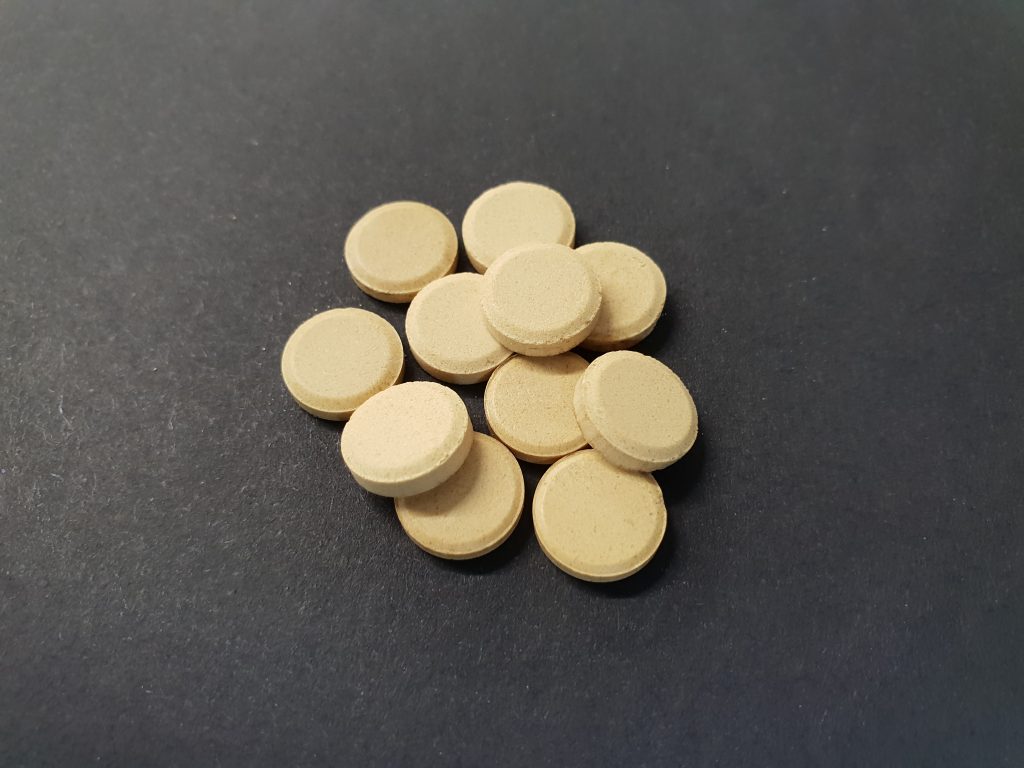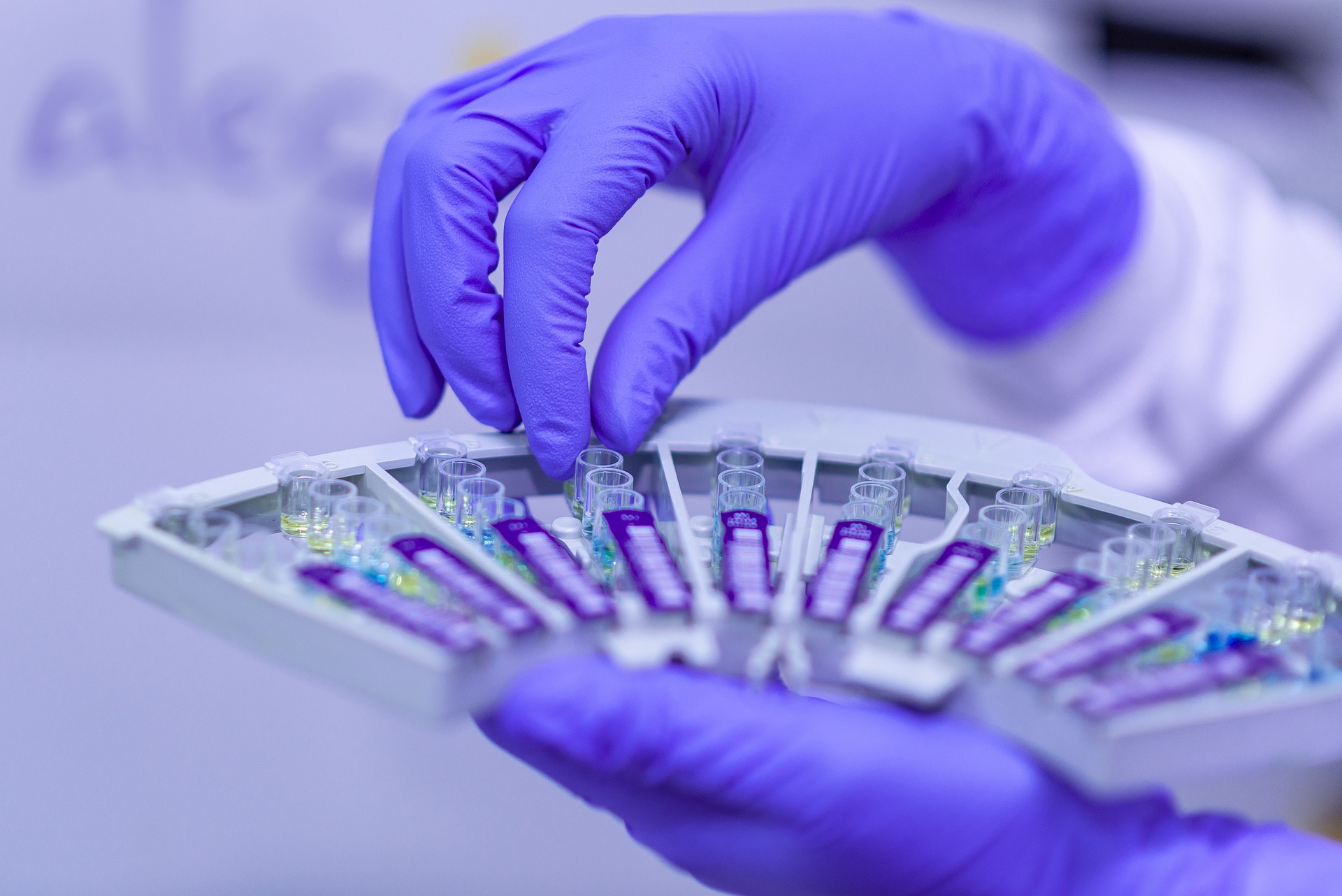Active pharmaceutical ingredients can only help when they reach their destination in the body in an optimal way. To achieve superior medical outcomes, paper medicine tablets are an innovative option. Now, two research groups at the University of Marburg have investigated how this material works, using terahertz spectroscopy as a research tool.

Of course, people who suffer from conditions like headaches, diarrhea or cystitis appreciate when a medicine helps quickly. But it’s not only speed that counts; the medicine must have an accurate bodily focus. “Figuratively speaking, the place of action in the body is like the center of a target. Optimum efficacy can only be achieved if the active ingredient molecules really land there,” explains Professor and Dr. Cornelia Keck, a member of the Department of Pharmacy at the Philipps University of Marburg. Keck has developed medicinal tablets made of paper and found that due to the paper’s pore sizes, which are in the nanometer range, active ingredients bind very well and for long periods. Alongside Professor and Dr. Martin Koch from the Department of Physics, Keck was also able to prove that via paper medicine tablets, there is an increased dissolution speed of active ingredients in the body.
Keck states that it is immensely important to find innovative strategies to bring medicinal molecules optimally and quickly to their targets. “Even the potentially best active ingredient can’t be used for therapy if it doesn’t arrive in the body where it’s needed,” says Keck. This is a problem that affects up to 90 percent of new drug candidates: even highly effective medicines, when formulated via conventional strategies, do not reach their bodily target. To correct this problem, the paper medicinal tablets that Keck and her research group developed have an innovative formulation technology. In fact, this medicinal form has proven to be such a breakthrough that Keck was recently awarded the “Marburger Förderpreis für Bio- und Nanotechnologie” (MarBiNa).

Combined know-how
In order to make this form of therapy ready for human usage, high standards for quality must be maintained in addition to being effective. For paper medicinal tablets, this also meant developing a suitable method for testing drug quality. “Here we benefited from the long-standing expertise of Prof. Dr. Martin Koch and his research group in the field of terahertz spectroscopy,” says Keck. This interdisciplinary cooperation was financially supported by the “UMR 2027” project, which is financed by funds from the Hessen Innovation and Structural Development budget to promote interactive research and teaching at the Philipps University.
Within a year of intensive cooperation between the two research teams, they were able to analyze innovative drug forms in their original state, meaning without prior sample preparation, and the associated changes to the sample as well as measurement artifacts. Terahertz waves are the key to this research. Their spectrum lies between infrared radiation and microwaves; meanwhile, their frequency window ranges from 100 gigahertz and up to 10 terahertz (THz). “This new research method offers precise and spatially resolved measurements of drug distribution and possible drug modifications in the dosage form. This information was not possible using conventional methods,” says Keck. She and her research group have published their initial results in the International Journal of Pharmaceutics.
Technology of the future
Currently, terahertz waves are also the focus of various areas of application: from medical diagnostics and safety applications to the control of industrial processes. The WLAN of the day after tomorrow will also work with terahertz waves. However, generating them and above all detecting them sensitively still poses a challenge. Koch’s research group is working on the further development of terahertz measurement systems, the industrial application of THz measurement technology and terahertz spectroscopy of organic substances. Therefore, the Marburg scientists will continue to work on further optimizing and validating the method and making it applicable for further systems.

